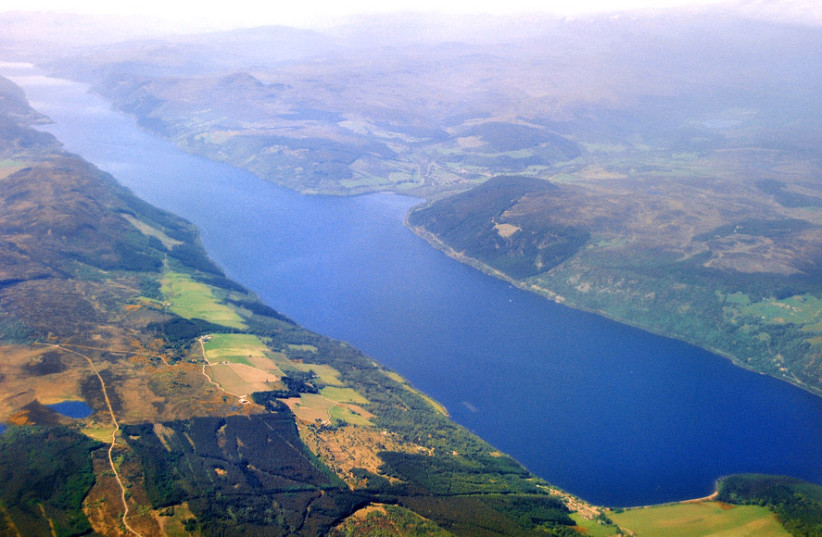Hundreds of people in Scotland are expected to join a one-off quest to search for the Loch Ness monster this weekend, in what the Loch Ness Centre calls the “biggest search of the Loch for more than 50 years."
The Loch Ness Centre’s website issued a call earlier this month for volunteers to join a massive watch of the surface of the Scottish lake Loch Ness with the hope of spotting the mythical beast of of Scottish folklore, the Loch Ness monster, proudly nicknamed “Nessie” by locals.
“We are looking for a new generation of monster hunters to help uncover the truth, 90 years after a famous sighting,” the Loch Ness Center announced, adding that the event would be the largest search of its kind since the Loch Ness Investigation Bureau (LNIB) studied the Loch in 1972.
The BBC reported that two hundred volunteers have signed up to physically attend the search and record their observations. An additional 300 will monitor a live stream of the search in order to help the efforts of those in the field.
New technology aids an age-old search
However, the search for Nessie won't rely on keen eyes alone, and a variety of instruments and tools will be put to use to assist in the quest.
"Surveying equipment that has never been used on Loch Ness before will be enlisted to uncover the secrets of the mysterious waters," the center explained. "This includes thermal drones to produce thermal images of the water from the air using infrared cameras, as observing heat from above could provide a crucial component for identifying any mysterious anomalies."
In addition, a hydrophone will be used to detect acoustic signals under the water, listening for any Nessie-like calls that may emerge from the depths of the lake.
What to look out for when searching for Nessie

Traditional accounts of what the Loch Ness monster is supposed to look like have varied over the years, and in anticipation of the event, the New York Times published an article detailing the 1,300-year history of the Loch Ness monster legend.
The first account of Nessie, the Times noted, comes from a sixth-century biography of St. Columba, a Catholic missionary from Ireland. The account describes a water beast.
Then, in the 12th century, another reported observance of the creature, this one from the English cleric, Walter of Bingham described it as a bear-like creature with eyes that spewed fire.
More contemporary depictions, including those in many modern movies such as The Water Horse: Legend of the Deep (2007) or Scooby Doo! And the Loch Ness Monster (2004) as large and long-necked, sometimes with feet, sometimes with flippers.
In fact, modern descriptions of the Loch Ness monster have drawn comparisons with marine reptile, plesiosarus.
Paleontological discoveries of ancient plesiosaur fossils have inspired people to draw a comparison between the prehistoric reptile and the creature of Loch Ness. Still, unlike the plesiosaur, hard evidence of the existence of the Loch Ness is, as of yet, non-existent.
Whether or not the mythical beast is spotted in the lake she calls home remains yet to be seen, but with the determination of the Scottish monster hunters, and the cutting-edge technology, it seems likely that if she is hiding in the depths somewhere, her secret may soon be uncovered once and for all.
